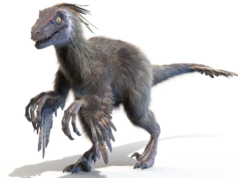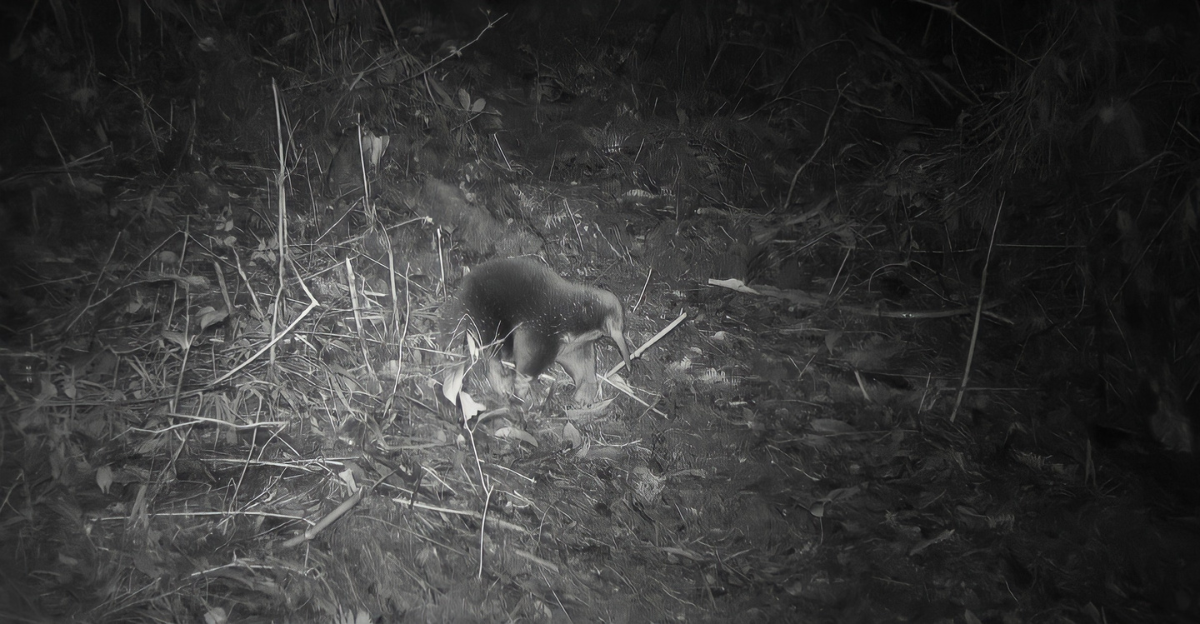
Far away in the foggy Cyclops Mountains in Indonesia, scientists chased after a rumor—a creature so elusive and so old that it was considered extinct. We’re no strangers to lost species and are even gearing up for further losses as viral news trends threaten global extinctions.
However, decades of whispers and a single museum specimen suggested that one 200-million-year-old creature might still be walking the Earth, but there was no confirmed proof.
More recently, scientists have been asking: Can something genuinely prehistoric still remain in our modern world? The answer, as it turns out, is stranger than fiction.
When ‘Extinct’ Doesn’t Mean Gone
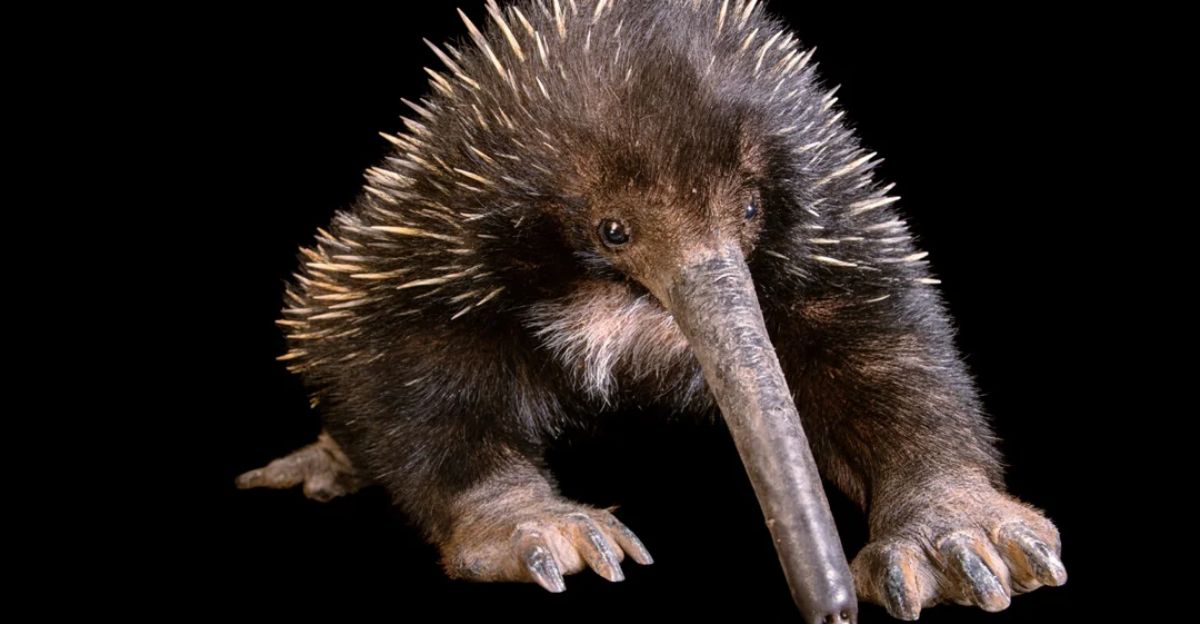
Globally, extinction is a besmirched word, eliciting loss, regret, and finality. But the past is dotted with species that vanished from science only to return as living testimonies that absence doesn’t necessarily equate to finality.
Conservation efforts are plagued by these so-called “Lazarus species.” All too often, the world thinks a species is entirely lost, especially when their habitats are remote or research is underfunded.
And every once in a while, resurrection actually means rediscovery, and we’re reminded that nature doesn’t necessarily work according to our schedules or definitions.
A Legendary Name, A Living Enigma

Few animals have an immediate connection to a living legend. This animal, one named in Sir David Attenborough’s honor, bears the weight of both science and myth.
For some years, Attenborough’s long-beaked echidna was an urban myth—part tribute to a great explorer, part legend in ghost stories. Its peculiar mix of features—a hedgehog’s quills, an anteater’s nose, a mole’s paws—gave it the appearance of a strange cryptid rather than a mammal.
The desire to prove its continued existence was palpable: if Attenborough’s namesake still endured, what else might we find next?
The Hunt: Science Meets Tradition
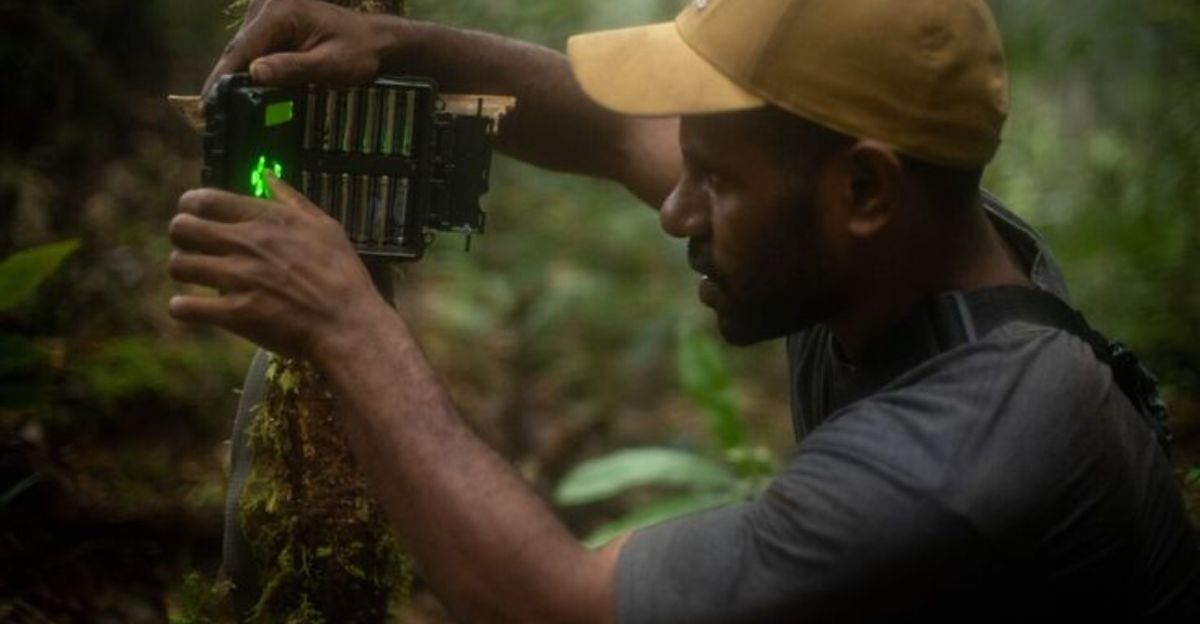
The search for the lost echidna was no ordinary field expedition. Oxford researchers, and Indonesian NGOs and students trekked hostile rainforest under the direction of sophisticated technology and Indigenous Papuan knowledge.
Trail cameras, cartography, and pure, unadulterated determination were tested when searching for something based on decades of local sightings and hunches about foraging behavior.
With every empty camera trap, every day without a glimpse, tension built, and the glimmers of hope began to fade into skepticism.
200-Million-Year-Old Mammal Survives
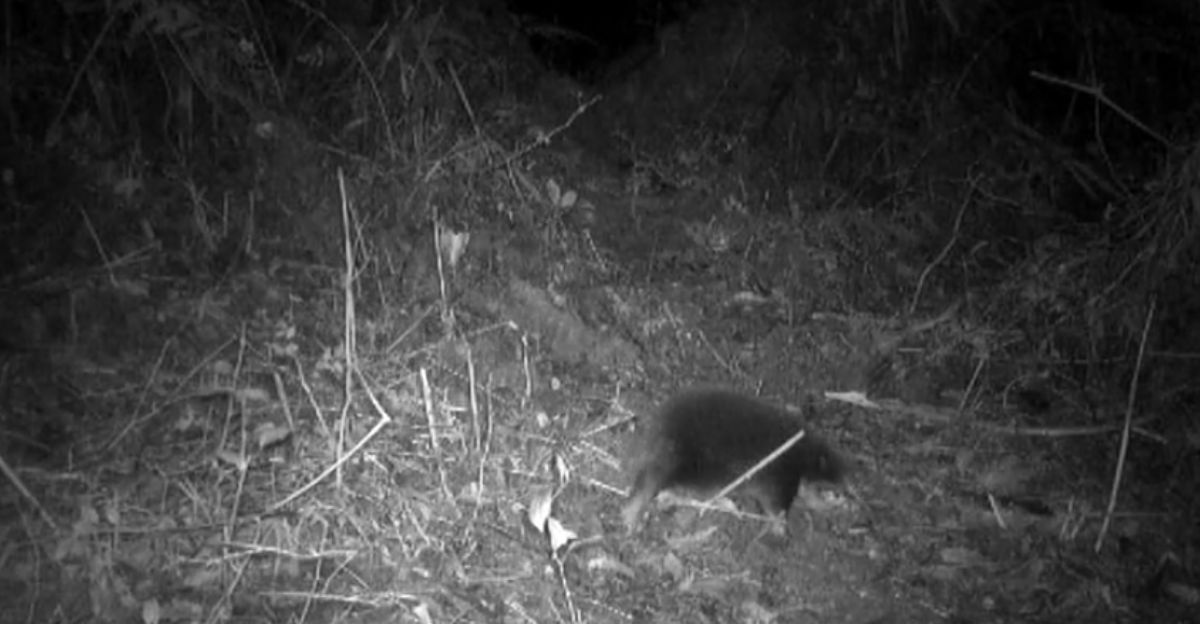
However, it wasn’t until the last day, when checking the last camera, that the unthinkable happened: Attenborough’s long-beaked echidna, not seen by science for over 60 years, was finally captured on video.
This “living fossil,” whose relatives branched off from the mammalian family tree 200 million years ago, flourished in Indonesia’s Cyclops Mountains. Its rediscovery, including 110 photographs taken over 26 different occasions, was as much a scientific coup as it was a scientific resurrection.
What had been thought to be extinct had actually been hiding in plain, if remote, sight.
Meet the Team: Grit, Luck, and Local Wisdom
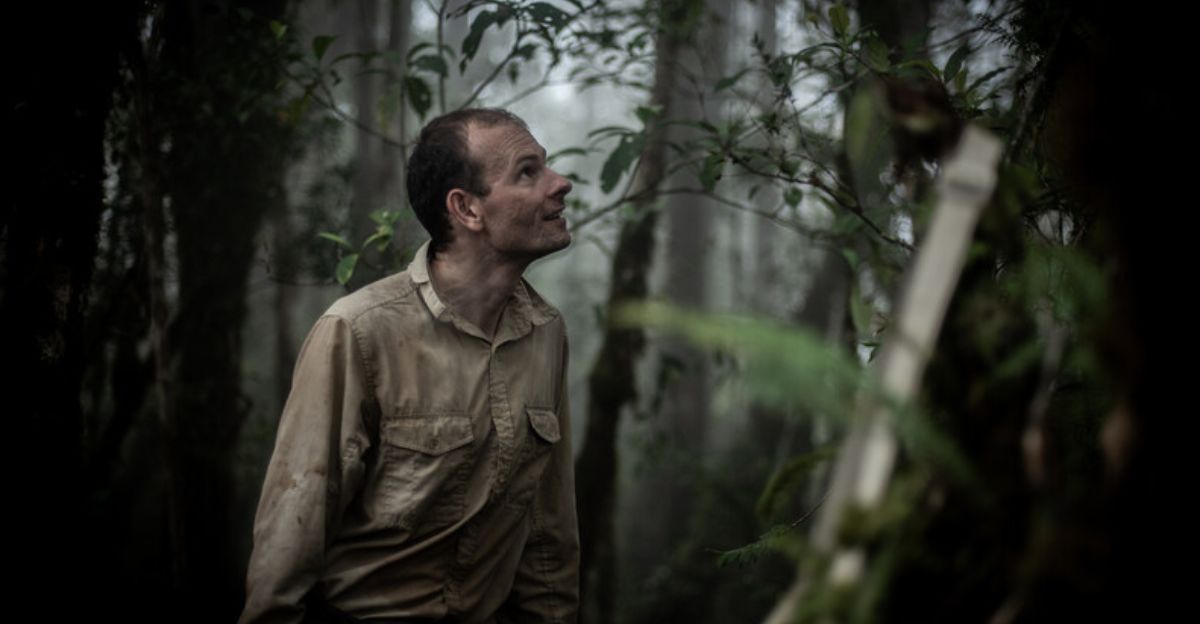
The rediscovery and “resurrection” of the Zaglossus Attenboroughi species was made by Dr. James Kempton, who led the Oxford team, and Papuan conservationists from YAPPENDA (the Yayasan Pelayanan Papua Nenda non-profit). The team spent years planning and months in the field, with students from Cenderawasih University learning biodiversity skills on the ground.
The team even faced malaria, earthquakes, and exhaustion in their determination to give the world’s rarest mammals a fighting chance.
As news of the rediscovery travels, their story spreads across social media platforms such as Reddit, Instagram, and TikTok, inspiring a new generation of wildlife sleuths.
The Echidna: Stranger Than Fiction

Attenborough’s long-beaked echidna is an evolutionary marvel. One of only five species of monotremes—the only mammals that lay eggs—it is a living time capsule. Biologically, it bridges the gap between reptiles and mammals, a reminder of Earth’s deep evolutionary history.
This egg-laying mammal can only be found in Indonesia’s Cyclops Mountains. It primarily feeds on earthworms. Using its specialized snout, it explores the soil, leaving distinctive foraging traces known as “nose pokes.”
The Extinction and Protection of the Echidna
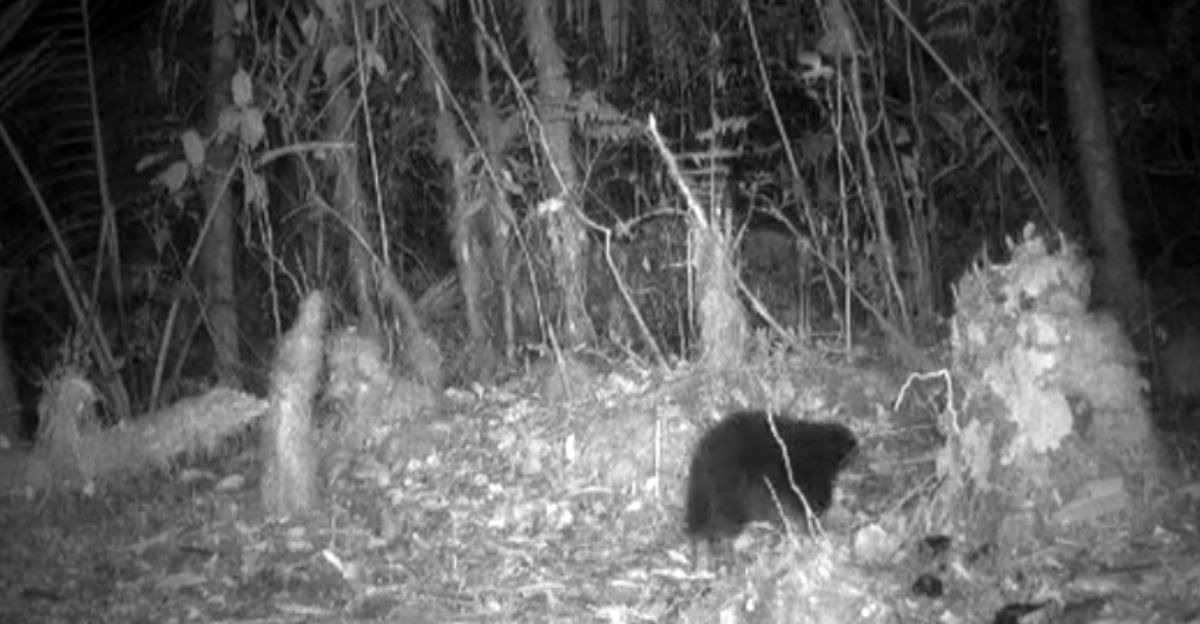
The species was declared critically endangered and hyper-localized, serving as both a scientific gem and a conservation crisis. It has been considered functionally extinct since 1961, after no sightings could be confirmed and verified.
This “extinction” status was due to habitat destruction and hunting by local communities and persisted for six decades until 2023, when camera traps finally confirmed their continued survival.
Understanding Echidna’s Significance

Zaglossus Attenboroughi is significant because it is an ecosystem engineer. Through its foraging activities, it enriches soil and supports biodiversity.
But more than its ecological importance, the echidna’s rediscovery offers a rare glimpse into ancient mammalian evolution and proves that presumed-extinct species can survive.
This breakthrough emphasizes the value of combining technology with Indigenous knowledge and is already inspiring renewed conservation efforts to protect biodiversity hotspots in remote regions worldwide.
Ripple Effects: Hope, Hype, and Hard Truths
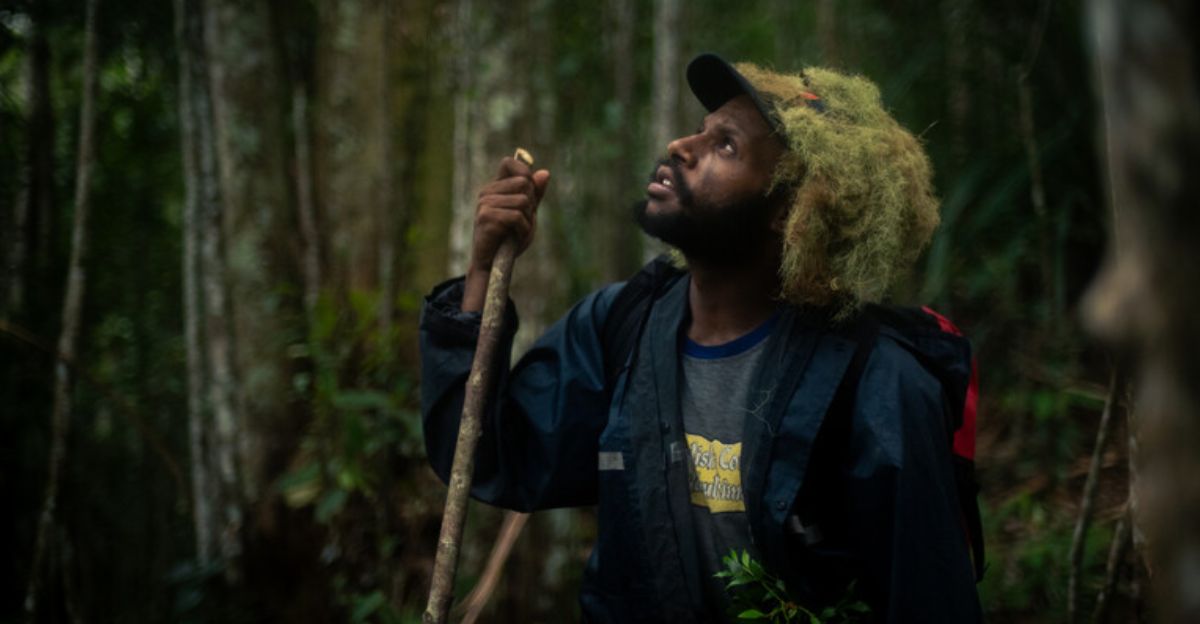
Rediscoveries, or scientific resurrections, like this are more than new cycle headline fodder; they help to inspire increased funding, boost local pride, and sometimes shift government policies.
Yet, the story isn’t as happy as we might like: the echidna’s habitat remains threatened, and its numbers are unknown. As the news spreads on Facebook and YouTube, conservationists warn against complacency. Its rediscovery is only the beginning, and the real work of protecting the Cyclops Mountains and its biodiversity starts now.
What If We’re Missing More?

If a 200-million-year-old mammal can go missing for six decades, what other species might be hiding in the world’s most remote regions? This rediscovery leads us to question our assumptions about extinction, our knowledge of the Earth’s many species, and the limits of science.
It raises uncomfortable questions about how many other species we’ve labelled as extinct too quickly, and what we can do to protect the regions that hide them so well. In an age obsessed with novelty, the greatest surprises may come from taking a closer look at what we thought we lost.
The Real Resurrection: Science, Story, and Stewardship

So did the scientists actually “resurrect” a 200-million-year-old species from extinction? No. What science has done though is prove it still exists and that we were wrong about its “extinction”.
The return of Attenborough’s echidna is a testament to human determination, teamwork, the power of hope, and nature’s resilience. It’s a viral story about second chances for both nature and science.
The moral? Extinction is not a certainty, but our relentless determination might help re-evaluate the loss of species and dictate what comes next.
Explore more of our trending stories and hit Follow to keep them coming to your feed!

Don’t miss out on more stories like this! Hit the Follow button at the top of this article to stay updated with the latest news. Share your thoughts in the comments—we’d love to hear from you!



